12 Balance-Building Habits That Will Keep Your Body Strong and Steady for Life
Have you ever caught yourself wobbling a bit when standing up too fast, or felt a flicker of uncertainty stepping off a curb you never thought twice about before? You’re in good company. Our sense of balance doesn’t vanish overnight—it shifts quietly, asking for gentle attention as the years go by. The good news? Your body is remarkably adaptive, ready to respond to even the smallest steps of self-care. That’s what this journey is all about: swapping the myth of sudden decline for simple, science-backed habits that keep you confidently steady through every season of life. Balance isn’t a single skill—it’s a collection of daily choices, from the way you move to how you rest, eat, and even set up your living space. Whether you want to rediscover that spring in your step or simply feel stable reaching for your favorite mug, these 12 habits are here as gentle companions. Each is supported by experts, grounded in real research, and designed to fit into everyday routines. Let’s explore the practical, holistic steps you can take right now to stand taller, move more freely, and honor the strength you’ve been building all along.
1. Strength Training for Your Foundation
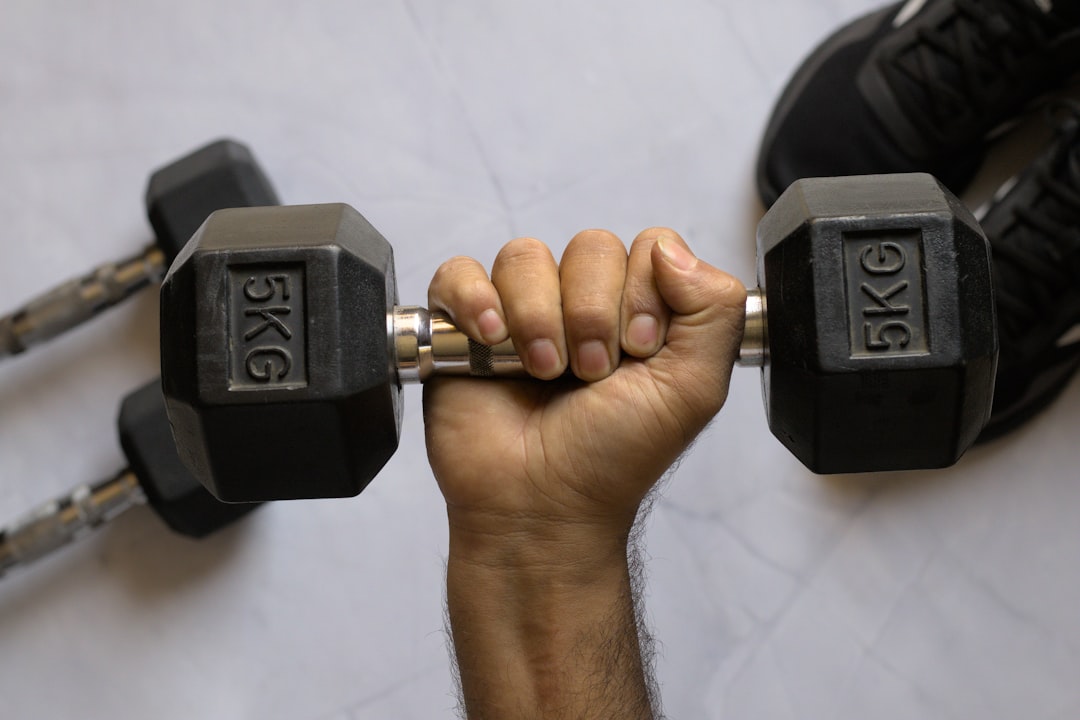
Building a steady, resilient body starts from the inside out—and nothing shapes that foundation quite like strength training. Certified personal trainers like Herve Doliska, CPT, call resistance exercise “the number one habit” for enhancing balance and stability. Why? When you challenge muscles with weights, resistance bands, or even your own body weight, you trigger deeper coordination across your whole system. Studies show that only about 30% of U.S. adults get the recommended dose of strength work each week—leaving plenty of room for small victories! The best part? You don’t have to become a gym regular or lift heavy to reap big benefits. Focus on 2-3 days per week, weaving in pushes (think wall or countertop push-ups), pulls (like rows with a resistance band), and leg movements (such as sit-to-stand from a sturdy chair). Start with a couple of easy repetitions, making sure you can always finish with two in reserve. As your muscles get stronger, the body quietly learns better timing and coordination—meaning those quick direction changes or sudden turns become much less of a wobble. Remember, consistency is more important than intensity: it’s the habit itself, not the size of the dumbbell, that keeps you grounded for the long haul.
2. Single-Leg Stands—Mastering Your Steady Base
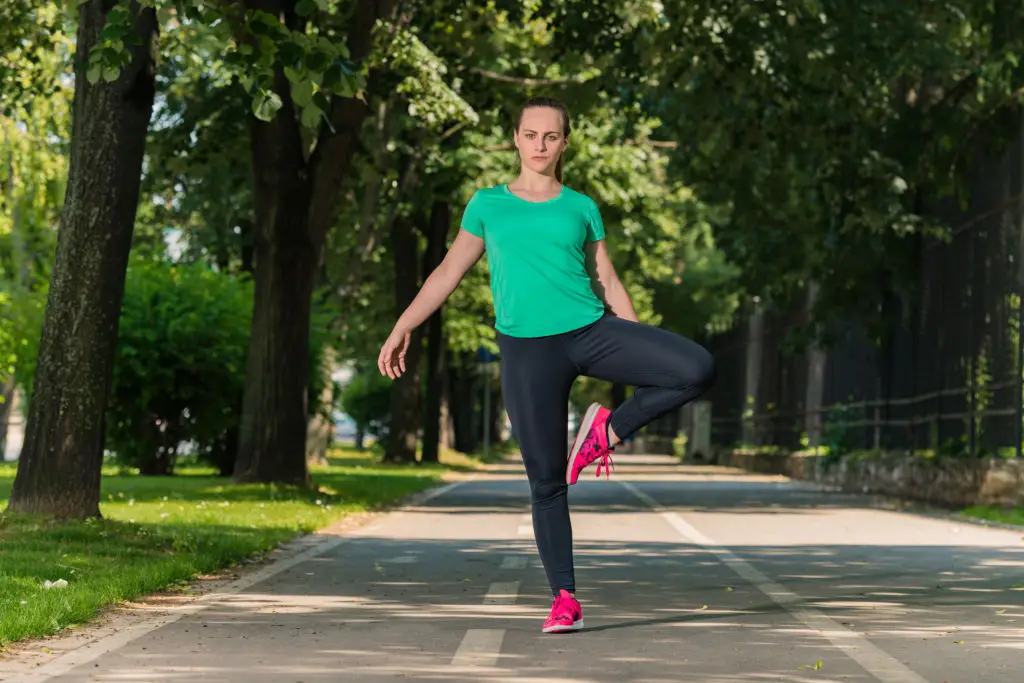
Ever notice how children can stand on one foot without a second thought? Reclaiming this skill isn’t just playful—it’s crucial for recalibrating balance and strengthening the mind-body connection. Trainers like Michael Betts, CPT, point out that wobbles show up quietly, with tiny hesitations long before a big misstep. Practicing single-leg stands—at a counter or sturdy chair—is a gentle way to restore your “silent alarm system,” also known as proprioception. Try standing on one foot for 20-30 seconds, then switch sides, working up to a minute as you gain confidence. At first, use a finger for support, keeping your gaze straight ahead rather than on your toes. This small shift engages deep stabilizing muscles and quickly tunes your nervous system for subtle adjustments (like those unpredictable moments reaching for a high shelf). As days go by, you’ll likely notice not just steadier steps, but growing assurance in moving through every part of your world—one foot at a time.
3. Dynamic Balance—Move with Confidence

If everyday life were a sport, walking in a straight line might be its quiet champion. Dynamic balance exercises, like the classic heel-to-toe walk, weave together physical strength and quick-footed reaction—just what you need to handle uneven sidewalks or darting pets! Experts recommend using a hallway, tape on the floor, or even a garden path. Stand tall, looking forward, and gently place your heel right in front of the opposite toes. Take 10-15 slow, purposeful steps, then reverse. To increase the challenge, try walking backward or closing your eyes briefly (just make sure the area is safe and clear). These movements spark better balance than static holds alone by mimicking the real-life unpredictability we all encounter. If you’re just starting out, steady yourself with a nearby wall or countertop. With regular practice, you’ll find your stride feels more certain—and small stumbles become less and less common, both indoors and out.
4. Mobility & Flexibility—Keep Joints Happy
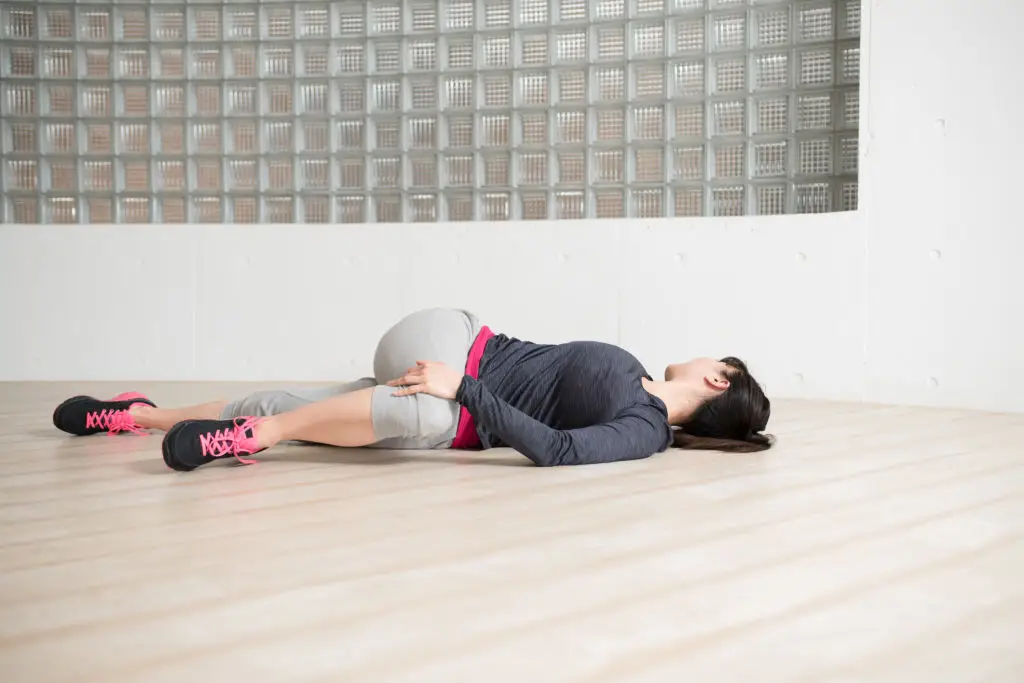
Stiff joints don’t just make mornings feel creaky; they can throw off your entire sense of balance. That’s where mobility and flexibility routines shine. Keeping your joints lubricated and muscles lengthened means easier, safer movement—so you’re less likely to freeze or fumble when shifting directions. Gentle exercises like hip circles, “cat-cow” stretches for the spine, or controlled articular rotations (CARs) can be sprinkled throughout your day (even while waiting for the kettle to boil!). Experts from Mount Carmel Health suggest focusing on movement frequency, not extremes—think two or three rounds of simple, slow stretches most days. Each repetition helps “teach” your body graceful transitions, whether you’re swinging a leg over the edge of bed or reaching for something at the back of a cabinet. Just a few minutes keeps the joints humming and reminds you that flexibility is less about touching your toes, and more about moving smoothly in every direction life takes you.
5. Strengthen Your Core for Stability
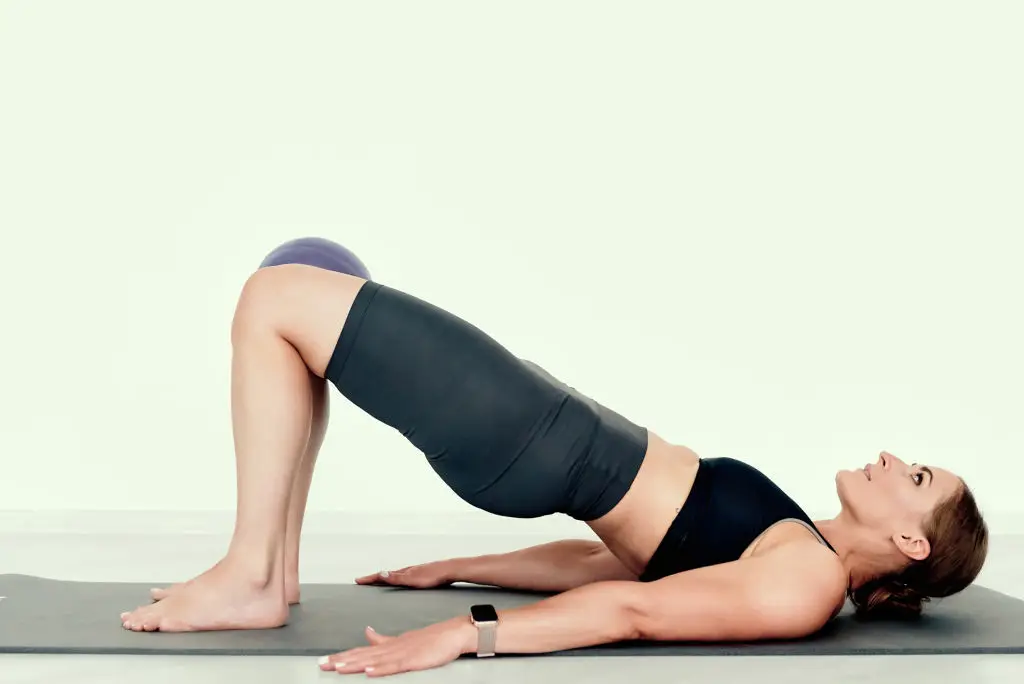
When it comes to stability, the core is much more than just a set of abs—it’s the support team that holds your entire structure together. Herve Doliska, CPT, emphasizes that a strong core fosters upright posture, steadier movement, and better balance. Core training doesn’t require fancy equipment or endless crunches. Try a gentle plank: kneel against a wall, bench, or the floor, and hold your body in a straight line (imagine a plank of wood, shoulder to ankles) for 30-45 seconds. Engage deep belly and hip muscles, breathing gently. Two or three sets every other day easily fit into morning or evening routines. This practice trains not only the front but also side and back muscles, tying together the hips and shoulders for all-around support. For extra variety—or if you need to go easy—experiment with core exercises using a stability ball, which adds a fun balance challenge all its own. With time, you may stand taller, walk with more confidence, and feel the center of your body working for you in every single movement.
6. Nutrition That Supports Balance

Supporting lifelong balance isn’t just about motion—it’s about nourishment, too. Experts agree that maintaining strong bones and responsive muscles starts with what’s on your plate. Focus on key nutrients: calcium (in dairy, fortified plant milks, leafy greens), vitamin D (from sunlight and certain fish or eggs), and protein for muscle repair. These essentials help counteract natural bone thinning and muscle loss linked to aging, serving as the nutritional foundation for steadier days. For a balanced approach, mix up colorful veggies, lean proteins, whole grains, and plenty of hydrating drinks. Need simple changes? Try a daily bowl of Greek yogurt with berries, a handful of almonds, or a spinach omelet to cover major ground. If you’re dealing with dietary restrictions or specific health needs, chat with a dietitian for tailored advice. The goal? Small shifts that feel good and work with your lifestyle, helping your body stay strong, inside and out.
7. Prioritize Quality Sleep

Sleep may not seem like a “balance habit,” but it's one of your body’s most powerful repair tools. Overnight, your brain and muscles process movement patterns, cementing the reflexes that support stability. Skimping on quality rest? You might notice sudden stumbles, slower reaction times, or a foggy sense of direction—especially after age 40, when coordination changes can accelerate. Building a sleep routine is a gift to your entire system. Try winding down with gentle stretches or a warm bath, avoiding caffeine in the late afternoon, and aiming for seven to nine hours whenever possible. Set your bedroom for sleep success: keep lights low, screens at bay, and the air a bit cooler than the rest of the house. If worries or discomfort wake you up, jot them down or practice a few deep, slow breaths to quiet the mind. Restful nights support better movement, a steadier gait, and a brighter mood—making restful sleep as important as any workout.
8. Safe Spaces—Home & Environment Modifications
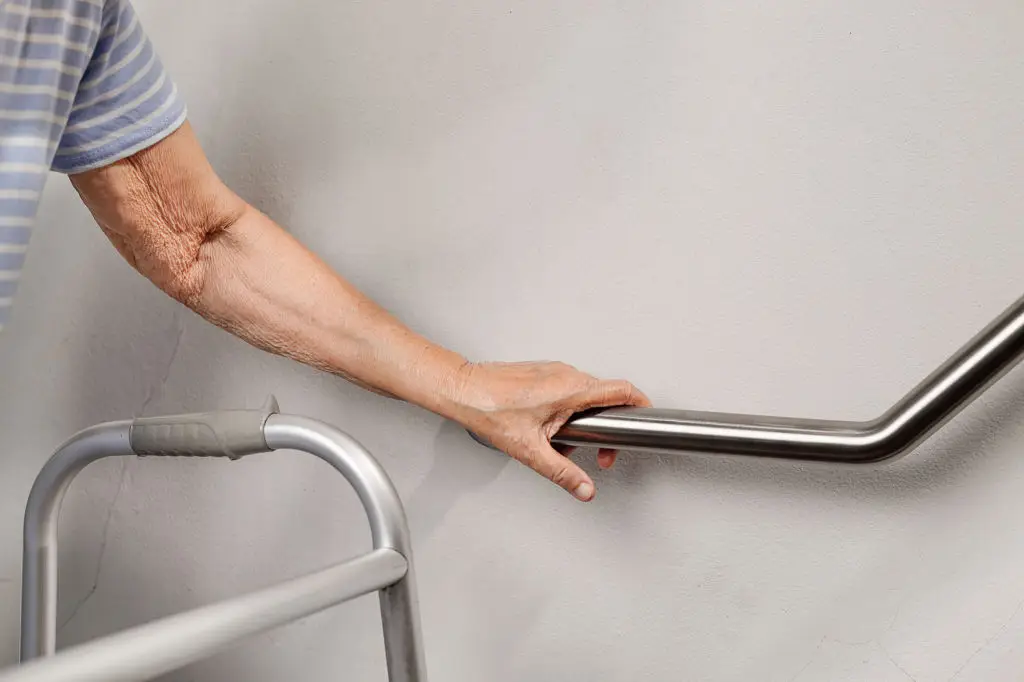
Your home should help you feel secure, not trip you up. Creating safe, steady environments means making a few purposeful tweaks—often ones you barely notice day-to-day. Bright, layered lighting reduces shadows and surprises, while fixing or removing throw rugs cuts down on slips. Handrails by stairs, non-slip mats in the shower, and grab bars near toilets give extra confidence in key spots. Even a simple habit like always wearing supportive shoes indoors adds quick stability where you need it most. Experts note these changes drastically lower fall risk, especially as balance shifts with age. If bending or reaching feels awkward, keep essentials within easy grasp and clear walking paths of cords, bags, or clutter. Home is the heart of everyday life—by tuning your space, you make each step safer and every movement just a little lighter.
9. Practice Vision and Proprioception Drills

Balance isn’t just about muscles—it’s also about what you see and how your brain interprets movement. As we get older, vision and “body sense” (proprioception) can quietly lose some sharpness. That’s why deliberate vision training matters. Practice moving your eyes smoothly from side to side or focusing quickly between close and distant targets. Try standing on one foot while turning your head or tracking a slow-moving object with your eyes (like a finger or a pen). These drills gently wake up neural pathways and deepen awareness, translating to better reactions in the real world—think stepping off busy curbs or navigating crowded spaces. If you wear glasses or notice new vision changes, regular eye exams are a key part of the routine. Simple as they are, these exercises build trust in your senses and keep your inner “balance radar” finely tuned.
10. Embrace Outdoor & Nature-Based Challenges
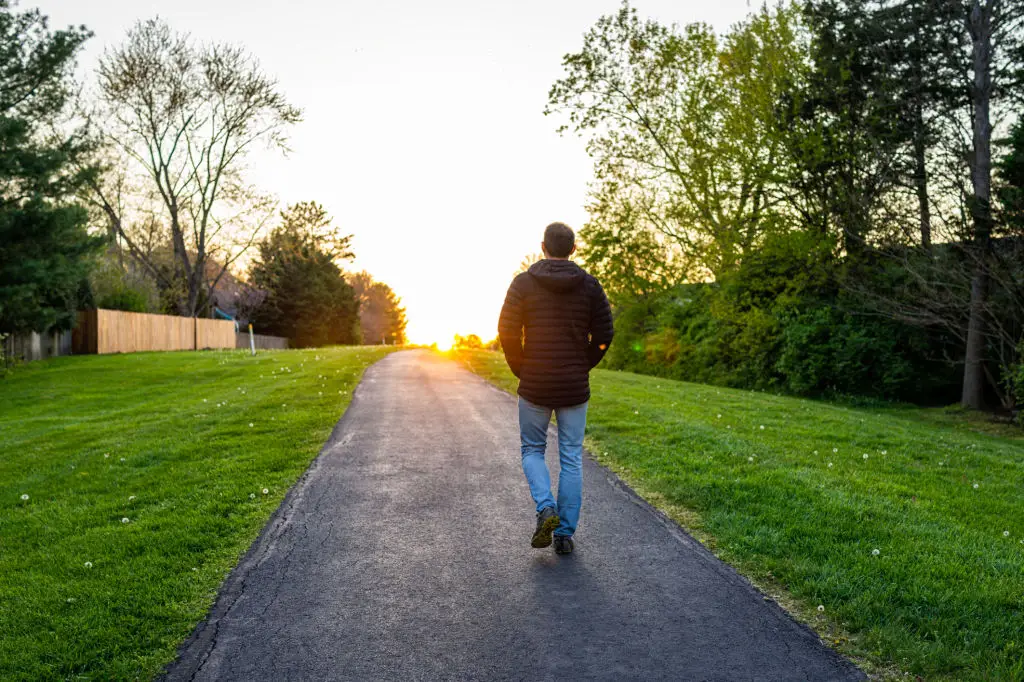
Nothing builds resilience quite like moving outdoors, where every step offers a fresh challenge. Unpredictable ground, soft grass, gentle slopes, or rugged trails encourage your body to adapt naturally—training balance in ways a gym can’t replicate. Research supports that regularly walking in parks, gardening, or hiking boosts not only stability but mood and brain health. Safety comes first: choose well-marked trails or flat park paths in good weather, and use a sturdy walking stick or poles if needed. Start with familiar routes and gradually try more varied terrain. If you enjoy group motivation, local walking clubs can add both camaraderie and accountability. Let outdoor movement be a joyful part of your week; nature’s changing canvas builds confidence, awakens your senses, and keeps every walk a little different from the last. Even a few minutes in the fresh air can offer a steady boost to both body and spirit.
11. Manage Stress for Steady Steps

Did you know that stress—a natural part of life—can quietly make balance more difficult? When we’re anxious or distracted, our focus slips and muscles tense, making wobbles more likely. The antidote: mindful movement. Simple rituals like gentle yoga, meditation, or even moments of deep breathing center your body and sharpen awareness. Scientific studies show these practices improve coordination, help the brain communicate with muscles, and encourage steadier movement—especially in tricky or sudden situations. Mindful activities come in many flavors: you might enjoy meditative walking, a relaxing tai chi video, or just five slow breaths before standing up. Remember, it’s not the length of the practice that matters, but its regular appearance in your routine. By caring for your mind alongside your body, you help ensure that every step—literal and emotional—lands with a little more confidence and ease.
12. Stay Hydrated—Don’t Let Dizziness Trip You Up

If you’ve ever stood up quickly and felt a momentary spin, you’ve brushed right up against the hidden link between hydration and balance. Dehydration reduces blood volume, making your heart work harder and your brain slower to react—which is not ideal when steadiness is the goal! Staying hydrated helps support your body’s ability to adjust blood pressure quickly and maintain mental clarity. Experts suggest aiming for at least 6-8 cups of water a day, but your needs may shift with weather, medications, or activity level. Not a fan of plain water? Herbal teas, flavored seltzers, or water-rich fruits and veggies all count toward your total. Look for gentle cues—a dry mouth, headache, or decreased energy may all signal a need for a refill. Think of hydration as insurance for your whole system; it’s an easy habit that helps keep both dizziness and missteps at bay.
Celebrate Your Strength—Balance Is a Lifelong Journey
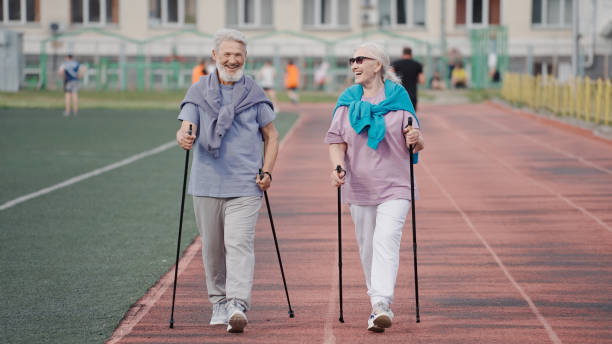
Building and maintaining balance is less about chasing perfection and more about honoring your wisdom, patience, and willingness to care for yourself across the years. These 12 habits aren’t rules to memorize or hurdles to clear—they’re invitations to recognize how strong, adaptable, and vibrant you already are. Whether you pick and choose or explore them all, remember that even the smallest adjustment can echo through your whole system. Tap into your network—family, friends, health professionals—anytime you want support or a gentle nudge. Celebrate progress, laugh at the wobbles, and let each new effort be an act of kindness toward the future you. In the end, feeling steady and strong is the simple reward of daily attention and self-compassion. Here’s to every confident step in your lifelong journey toward balance and vitality.
